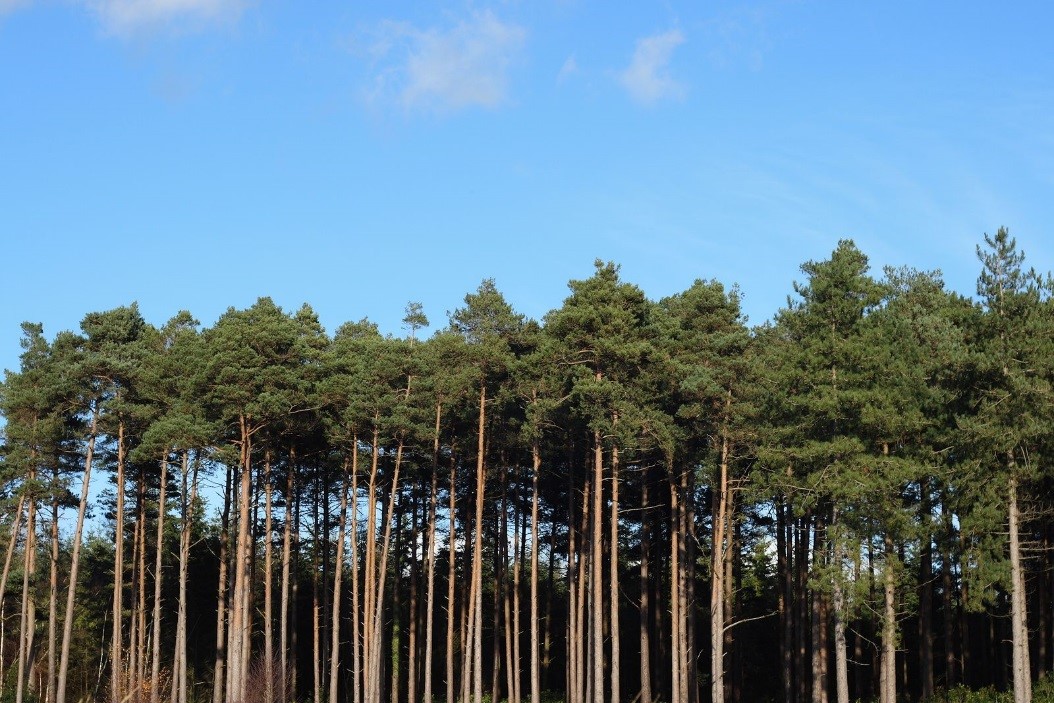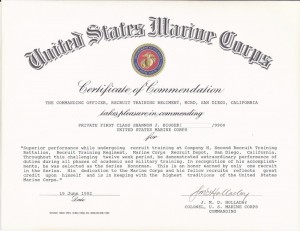Fusiform rust is a tree illness caused by the fungus Cronartium fusiforme. The disease is common among southern pine species such as loblolly pine and slash pine, with certain oak species serving as alternative hosts. Once the infection becomes widespread, fusiform rust can be difficult to manage.
Although this tree disease does not destroy trees in significant numbers, it can severely affect trees younger than 10 years old. It can also weaken older trees to the point of easy breakage. For high hazard areas in Marietta, tree removal service can be effective in reducing its spread.

Fusiform rust hosts
The fungus responsible for the disease alternates from one host to another to complete its lifespan. It begins in the living tissue of pine stems and branches, then move to the green leaves of several oak species. Slash and loblolly pine are the most common hosts, but pitch and pond pine can also be affected. Longleaf and shortleaf pine types are relatively resistant.
Spread
Fusiform fungus is largely relegated to the Gulf and South Atlantic States. Over the past 50 years, incidence of the disease has increased dramatically in terms of both severity and frequency. Incidence of loblolly and slash rust is highest in the states of Alabama, Georgia, Mississippi, and South Carolina.
Lifespan
Fusiform rust has five spore forms that are produced in succession. The disease’s lifecycle takes two years to complete. During spring season, the fusiform galls on infected pine trees produce orange spores in large quantities. Wind and air currents transfer these spores to oak leaves, where they germinate and cause localized infections. In the span of a week, the rust fungus can yield a small pustule that gives birth to orange spores on the lower side of the leaf. The spores infection can then spread to other oak leaves, where they go through three additional spore stages in their lifecycle. The fourth and final stage is when the basidiospores form. Once these spores are windblown to pine needles and barks, the lifecycle of the fungus is completed.
Control
Fusiform rust is often handled early in a tree’s lifespan with the application of the right fungicides. The planting of fusiform-resistant pines is recommended in commercial forestry operations and high hazard areas. When preparing a site for tree planting, it’s best to avoid excessive site preparation because this can increase the trees’ susceptibility to infection. Healthy trees in large numbers make for great infection target areas. If Consider site preparation techniques only when they coincide with other plant management objectives.
When fertilizing, it can help to delay fertilizer application until the pines have grown beyond the age of critical vulnerability, which is eight years. Infections that occur after this period are often of little consequence to the overall tree structure.
Applying tree removal services where economy and management allow may be effective in reducing the spread and severity of infections. Aggressive tree removal or should be considered when facing massive infestation. Replace removed trees with seedling purchased from nurseries that use appropriately registered fungicides.
Seedling should be infected for signs of rust infection, such as stem swellings. Symptoms of infection need to be culled prior to planting or reported to the appropriate nursery officials immediately.
Evaluate trees at age three to five and look for signs of rust infection. If you have any of your trees are showing a high level of infection, tree removal should be seriously considered. Keep in mind that diseased trees don’t necessarily pose a direct risk to the surrounding healthy ones, since spores that infect pines come only from oak leaves. Contact a Marietta tree removal service such as SCS Tree Service to have your trees professionally evaluated for infection. The tree professionals may then recommend to you the appropriate course of action after their evaluation.
Source
A Guide to Common Forest Pests in Georgia, ForestPests.org




